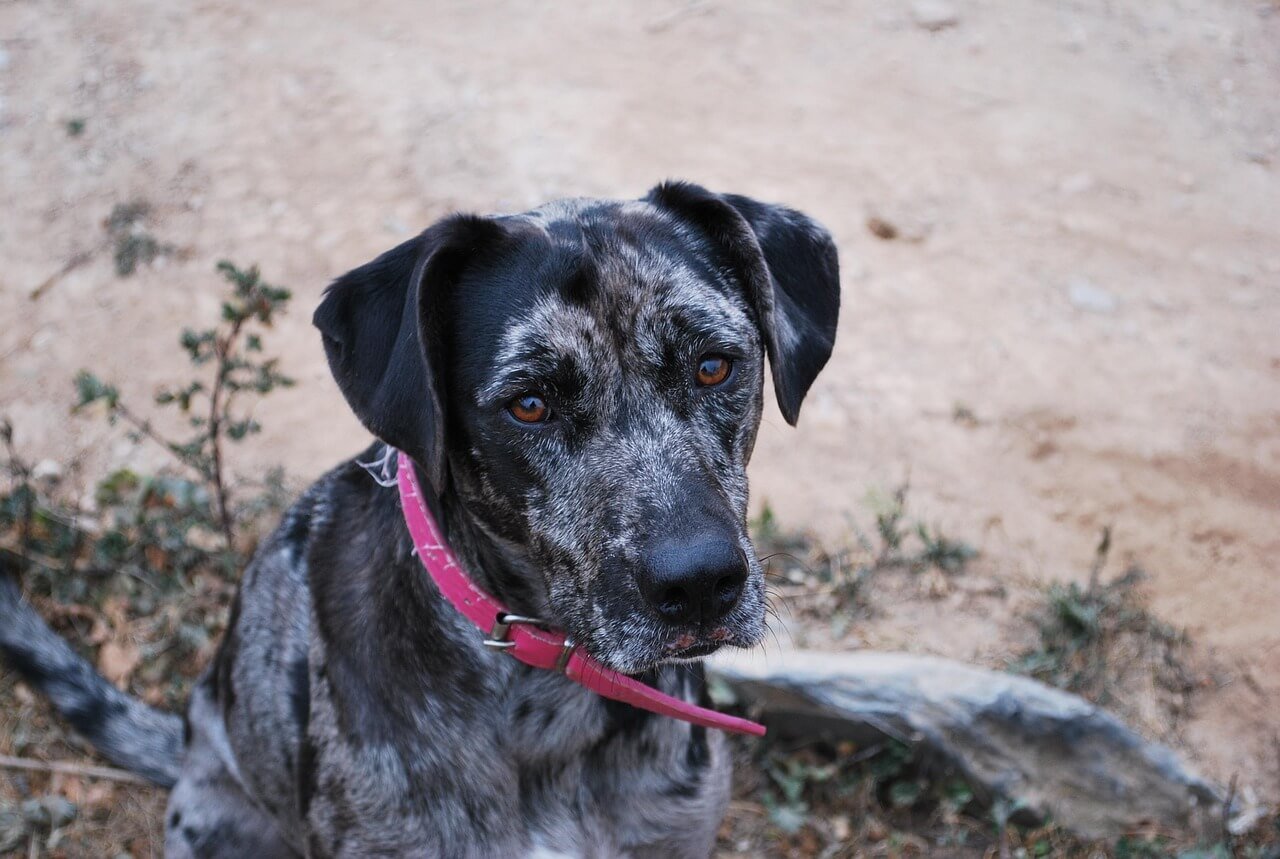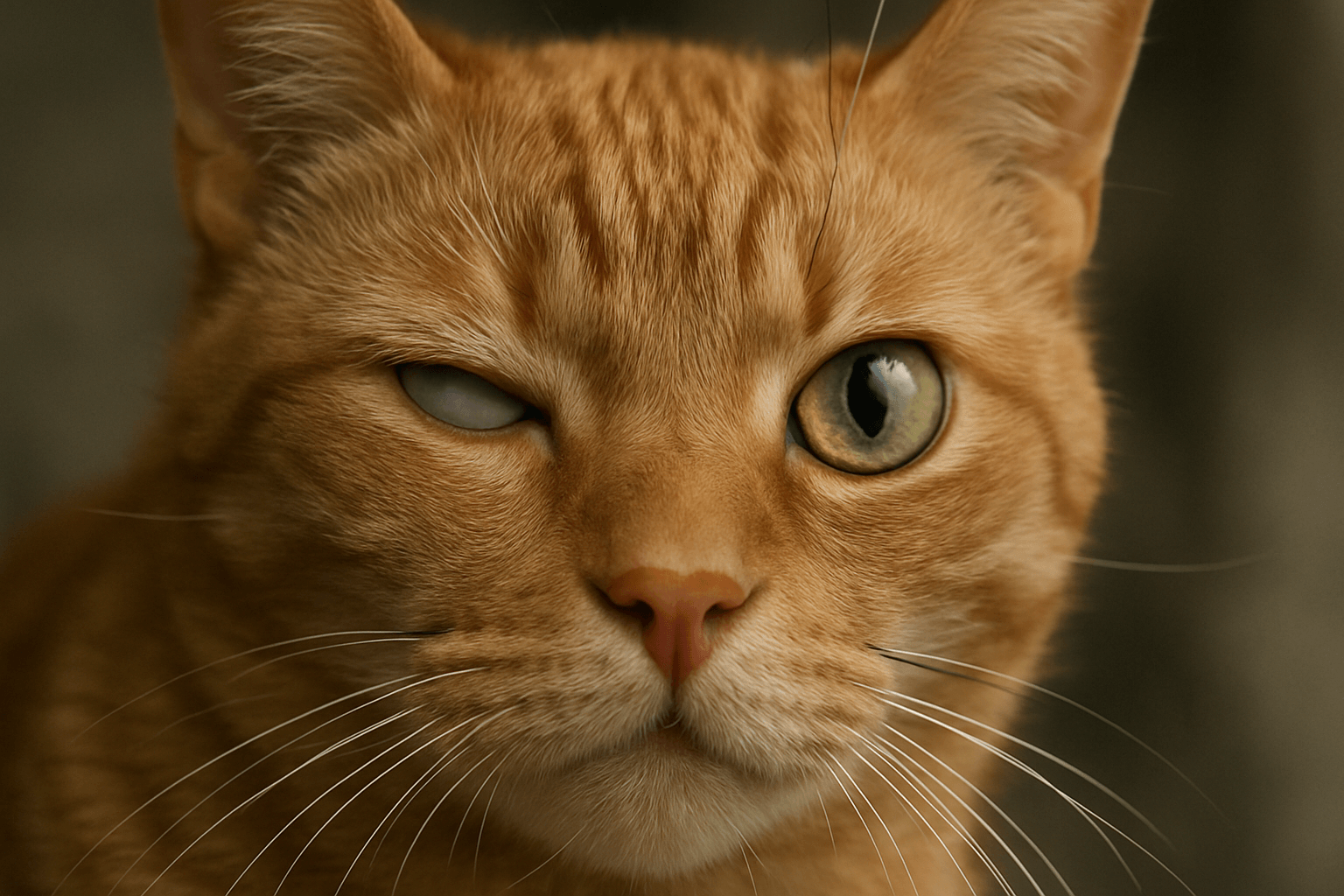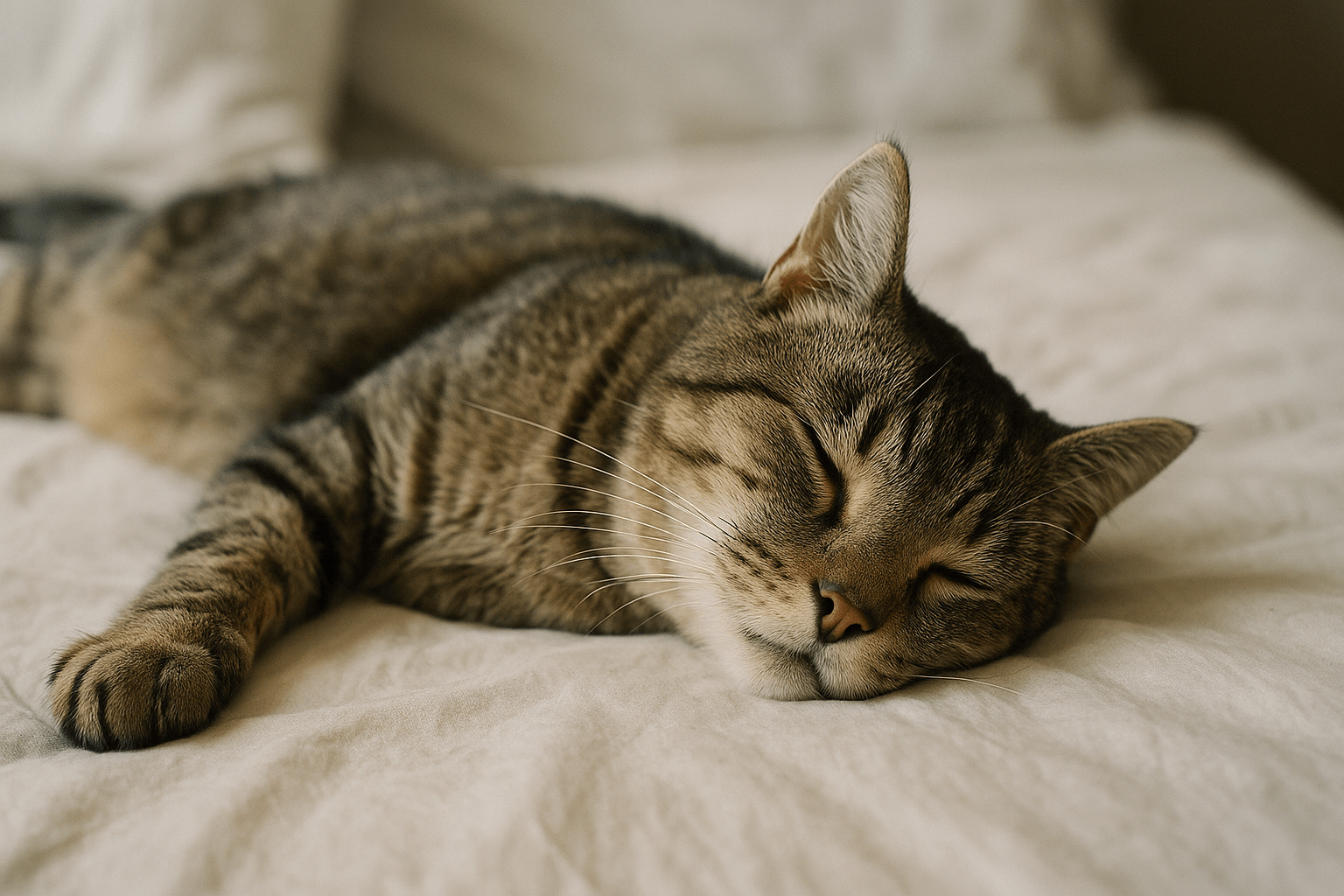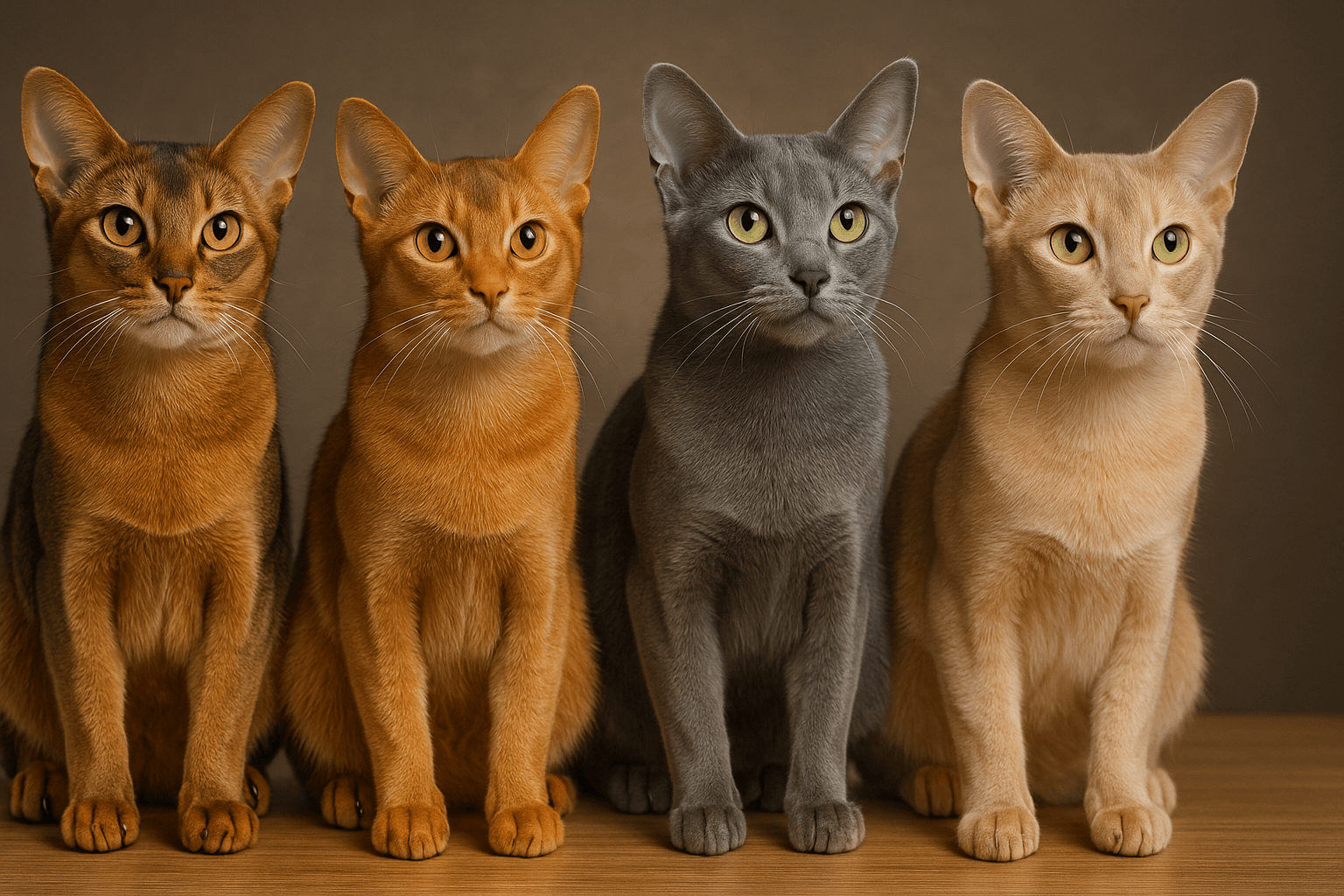How Tight Should a Dog Collar Be?
Choosing the right fit for your dog’s collar is more than just a matter of comfort—it’s a crucial aspect of their safety and well-being. A collar that’s too tight can cause discomfort or even injury, while one that’s too loose may slip off or pose a choking hazard. Many pet owners wonder how to strike the perfect balance when fitting their dog’s collar. The answer lies in understanding your dog’s needs, measuring correctly, and ensuring the collar serves its purpose without compromising their health. Let’s explore everything you need to know about finding the ideal fit for your furry friend’s collar.
Key Guidelines for Proper Dog Collar Fit
Fitting a dog collar correctly requires attention to detail and an understanding of what constitutes a safe and comfortable fit. Here are some essential guidelines to follow:
Two-Finger Rule:
Ensure you can comfortably slide two fingers between the collar and your dog’s neck. This indicates the collar is snug but not too tight.Avoid Over-Tightening:
A collar that’s too tight can restrict blood flow or cause chafing, leading to irritation or hair loss around the neck area.Check for Slack:
If the collar easily slips over your dog’s head, it’s too loose and could come off during walks or playtime.Adjust as Your Dog Grows:
Puppies and young dogs grow quickly, so regularly check and adjust the collar size to accommodate changes in their neck circumference.Observe for Signs of Discomfort:
Look for signs like excessive scratching, rubbing, or panting, which may indicate the collar is causing irritation.
By adhering to these guidelines, you can ensure your dog’s collar fits perfectly, providing both security and comfort.

Types of Dog Collars and Their Fitting Requirements
Different types of collars serve different purposes, and each has unique fitting requirements. Understanding these differences helps you choose and adjust the right collar for your dog’s needs.
Flat Buckle Collars:
Ideal for everyday use, these collars should fit snugly but allow room for the two-finger test to ensure comfort.Martingale Collars:
Designed for sighthounds or escape-prone dogs, these collars tighten slightly when pulled but should never constrict the neck fully.Harness-Compatible Collars:
When paired with a harness, the collar doesn’t need to be as snug since the harness bears most of the pressure during walks.Training or Choke Collars:
These require careful fitting to avoid injury—ensure they loosen completely when not in use and are only handled by experienced trainers.GPS or Smart Collars:
These high-tech collars often have additional weight or bulk, so proper sizing is crucial to prevent strain on your dog’s neck.
Each collar type has specific fitting needs, and understanding them ensures your dog’s safety and comfort during use.
Check this guide 👉Dog Collar Rash Treatment: Best 7 Expert Tips!
Check this guide 👉How to Clean a Dog Collar: Best 7 Expert Tips!
Check this guide 👉What to Do If Your Dog Ate a Seresto Collar: Best 7 Tips!
Signs of a Properly Fitted Collar | Signs of an Improperly Fitted Collar |
|---|---|
Two fingers fit comfortably under the collar | Collar digs into the skin or causes redness |
Stays securely in place during movement | Slips over the dog’s head easily |
No visible irritation or chafing | Excessive scratching or rubbing at the neck |
Adjusted regularly as the dog grows | Leaves marks or indentations on the skin |
Allows normal breathing and swallowing | Causes coughing or difficulty breathing |
How to Measure Your Dog’s Neck for a Collar
Accurate measurements are essential for choosing the right collar size. Follow these steps to ensure a precise fit for your dog’s neck.
Use a Flexible Measuring Tape:
Wrap the tape around your dog’s neck where the collar will sit, ensuring it’s snug but not too tight.Add Extra Space for Comfort:
Add about two inches to the measurement to account for the two-finger rule when selecting a collar size.Measure Twice for Accuracy:
Double-check your measurements to avoid ordering or purchasing the wrong size.Consider Coat Thickness:
For dogs with thick or fluffy coats, measure over the fur to ensure the collar won’t feel too tight once worn.Recheck During Growth Phases:
Growing puppies or dogs gaining/losing weight may require frequent remeasurement to maintain a proper fit.
Taking accurate measurements ensures your dog’s collar fits perfectly, reducing the risk of discomfort or accidents.
Common Mistakes to Avoid When Fitting a Dog Collar
Even well-intentioned pet owners can make mistakes when fitting a dog collar. Being aware of these pitfalls helps you avoid potential issues.
Assuming One Size Fits All:
Not all collars are adjustable, and generic sizes may not suit every dog’s unique neck shape. Always measure before buying.Neglecting Regular Checks:
Failing to inspect the collar periodically can lead to unnoticed tightness or wear-and-tear issues.Using a Puppy Collar on an Adult Dog:
As dogs grow, their collars need upgrading to accommodate their larger neck size.Ignoring Breed-Specific Needs:
Certain breeds, like Greyhounds or Bulldogs, have unique neck shapes that require specialized collars for a proper fit.Overlooking Material Comfort:
Harsh or stiff materials can irritate sensitive skin, so choose soft, breathable fabrics for maximum comfort.
By avoiding these common mistakes, you can ensure your dog’s collar remains safe, functional, and comfortable.
Signs Your Dog’s Collar Is Causing Problems
If your dog’s collar isn’t fitted properly, it can lead to physical and behavioral issues. Recognizing these signs early helps prevent long-term problems.
Redness or Sores Around the Neck:
Persistent redness or sores indicate prolonged irritation from a poorly fitted collar.Excessive Scratching or Rubbing:
Dogs often scratch or rub their necks when a collar feels uncomfortable or tight.Difficulty Breathing or Panting:
A collar that’s too tight can restrict airflow, causing labored breathing or panting.Lethargy or Reluctance to Move:
Discomfort from a collar may make your dog less active or unwilling to engage in play.Changes in Behavior:
Sudden aggression or anxiety could stem from pain or irritation caused by an ill-fitting collar.
Addressing these signs promptly ensures your dog’s collar remains a tool for safety rather than a source of distress.
Tips for Introducing a New Collar
Introducing a new collar to your dog requires patience and positive reinforcement. These tips help make the transition smooth and stress-free.
Let Them Sniff and Explore First:
Allow your dog to investigate the collar before putting it on to reduce fear of the unknown.Start with Short Wear Sessions:
Begin by letting your dog wear the collar for short periods, gradually increasing the duration.Reward Calm Behavior:
Offer treats or praise when your dog remains calm while wearing the collar to create positive associations.Monitor for Adjustments:
Check frequently to ensure the collar hasn’t shifted or become too tight during wear.Stay Consistent with Use:
Regular exposure helps your dog adapt quickly, making the collar feel like a natural part of their routine.
With consistency and encouragement, your dog will soon accept their new collar without issue.
Seasonal Considerations for Dog Collars
Seasonal changes can impact how your dog’s collar fits and functions. Adapting to these factors ensures year-round comfort and safety.
Summer Heat and Sweat:
Opt for lightweight, breathable materials to prevent overheating and sweat buildup under the collar.Winter Coats and Fluff:
Measure your dog’s neck with their winter coat to ensure the collar doesn’t become too tight when they shed excess fur.Rain and Moisture Exposure:
Choose waterproof or quick-drying collars to prevent mold or mildew from developing after wet weather.Increased Activity Levels:
During active seasons, ensure the collar is durable enough to withstand rigorous play without loosening.Holiday Decorative Collars:
While festive collars are fun, always prioritize functionality and comfort over aesthetics.
By considering seasonal needs, you can keep your dog’s collar practical, safe, and stylish throughout the year.
Frequently Asked Questions About Dog Collar Fit
How do I measure my dog’s neck for a collar?
Use a soft measuring tape and wrap it around your dog’s neck where the collar will sit. Add an extra inch or two for comfort.
Can a collar be too tight for my dog?
Yes, a tight collar can restrict breathing and cause irritation. Always follow the two-finger rule.
What if my dog has a thick coat?
Measure the neck including the fur, but ensure the collar isn’t pressing into the coat uncomfortably.
Should I remove the collar at night?
It’s optional, but removing the collar gives your dog’s neck a break and reduces the risk of tangling.
How often should I check the collar fit?
Check the fit every few weeks, especially for growing puppies or dogs with fluctuating weight.
Prioritizing Comfort and Safety with the Right Collar Fit
A properly fitted dog collar is a small yet vital part of responsible pet ownership. By taking the time to measure, adjust, and monitor your dog’s collar, you ensure their comfort, safety, and ability to enjoy daily activities without restriction. Whether you’re selecting a new collar or maintaining an existing one, attention to detail makes all the difference. Remember, a happy and healthy dog starts with thoughtful choices—and a well-fitted collar is no exception.
Why Is My Cats Second Eyelid Showing? Best 7 Expert Tips! Understand causes, health signs, and how to respond when your cat’s third eyelid becomes visible.
How Do I Know If My Cat Died Peacefully? Best 7 Expert Tips! Discover the quiet signs of a peaceful feline passing and find comfort in their final moments.
Cat Allergy Eyes: Best 7 Expert Tips! Discover why your eyes react to cats and learn proven strategies for relief—without giving up your feline friend.
Why Do Abyssinian Cat Colors Matter? Best 7 Expert Tips! Discover the genetics, rare hues, and care secrets behind Abyssinian coat colors for a healthier, happier cat.





